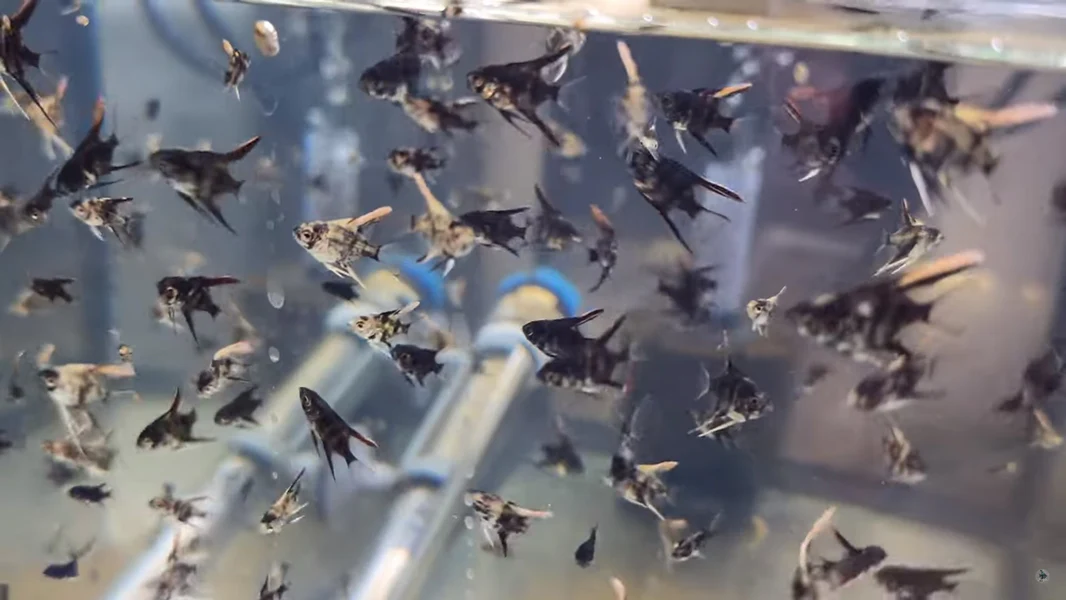Introduction
Aquariums are windows to the mesmerizing underwater world, capturing the beauty and tranquility of aquatic life. However, maintaining a healthy aquarium ecosystem requires more than just providing water and fish. The aquarium nitrogen cycle is a fundamental process that ensures the well-being of your aquatic pets. In this article, we will dive into the fascinating world of the nitrogen cycle, exploring its significance and how it contributes to a thriving aquarium environment.
Understanding the Nitrogen Cycle
The nitrogen cycle in an aquarium refers to the biological process that converts toxic waste products, such as ammonia, into less harmful substances through a series of natural transformations. This cycle revolves around the interplay of beneficial bacteria, fish waste, uneaten food, and decaying organic matter.
Stages of the Nitrogen Cycle
- Ammonia Accumulation
- The cycle begins with the release of ammonia into the aquarium, primarily from fish waste and leftover food. Ammonia is highly toxic to fish and can lead to health problems if left unchecked.
- Nitrite Conversion
- Next, beneficial bacteria, known as Nitrosomonas, convert ammonia into nitrites. Although nitrites are less toxic than ammonia, high levels can still harm fish and other aquatic organisms.
- Nitrate Production
- In the final stage, another group of beneficial bacteria, called Nitrobacter, convert nitrites into nitrates, which are relatively harmless to fish in moderate amounts. Nitrates can serve as essential nutrients for live plants in the aquarium.
Importance of the Nitrogen Cycle
- Maintaining Water Quality
- The nitrogen cycle plays a vital role in maintaining good water quality in an aquarium. By converting toxic ammonia and nitrites into nitrates, it prevents the buildup of harmful substances that can endanger the health of your aquatic pets.
- Promoting Fish Health
- A properly established nitrogen cycle ensures a stable and safe environment for your fish. High ammonia and nitrite levels can cause stress, diseases, and even death. An efficient nitrogen cycle minimizes these risks, promoting vibrant colors, healthy growth, and an overall thriving fish community.
- Supporting Beneficial Bacteria Growth
- Beneficial bacteria are essential to the nitrogen cycle, as they facilitate the conversion of harmful substances. They form colonies on various surfaces within the aquarium, such as filter media, gravel, and decorations. A well-maintained nitrogen cycle provides a favorable environment for these bacteria to thrive, enhancing the efficiency of the cycle.
- Cultivating Live Plants
- The nitrogen cycle establishes a harmonious relationship between fish waste and live plants. Nitrates produced during the cycle act as valuable nutrients for plants, promoting their growth and contributing to a more balanced ecosystem within the aquarium. In turn, live plants help to absorb excess nitrates, preventing their accumulation and maintaining water quality.
Conclusion
Understanding and managing the aquarium nitrogen cycle is crucial for maintaining a healthy and thriving aquatic habitat. By providing an environment where beneficial bacteria can efficiently convert toxic substances, such as ammonia and nitrites, into less harmful nitrates, you ensure the well-being of your fish and promote the overall sustainability of your aquarium. So, whether you’re a beginner or an experienced aquarist, remember to always prioritize the nitrogen cycle for a successful and enjoyable aquarium experience.
Remember, the key to a healthy aquarium lies in striking a balance between the beauty of the aquatic world and the underlying biological processes that sustain it.





